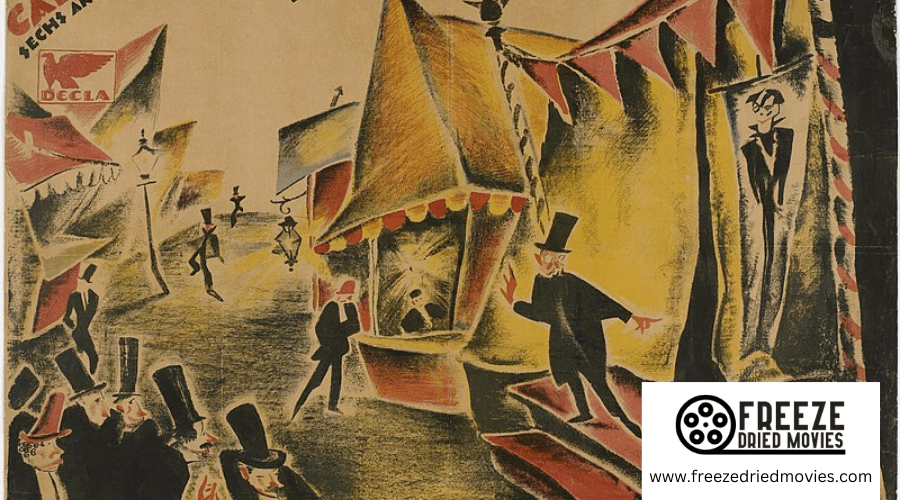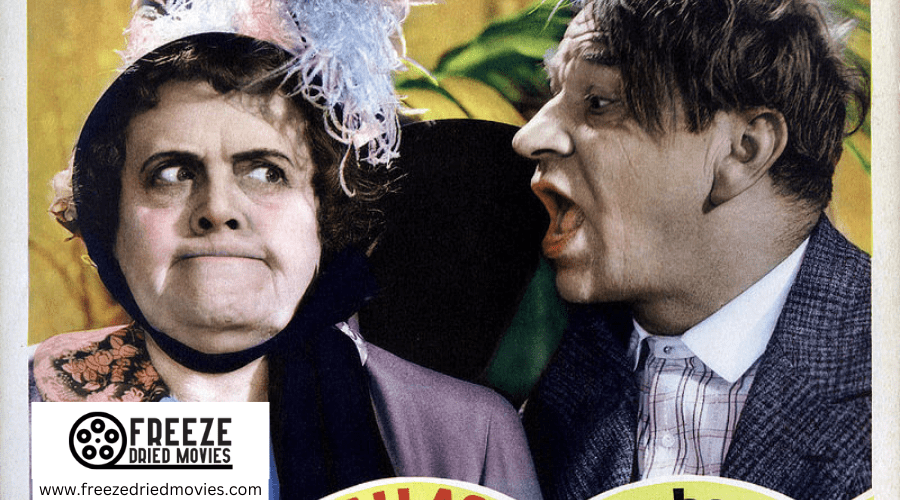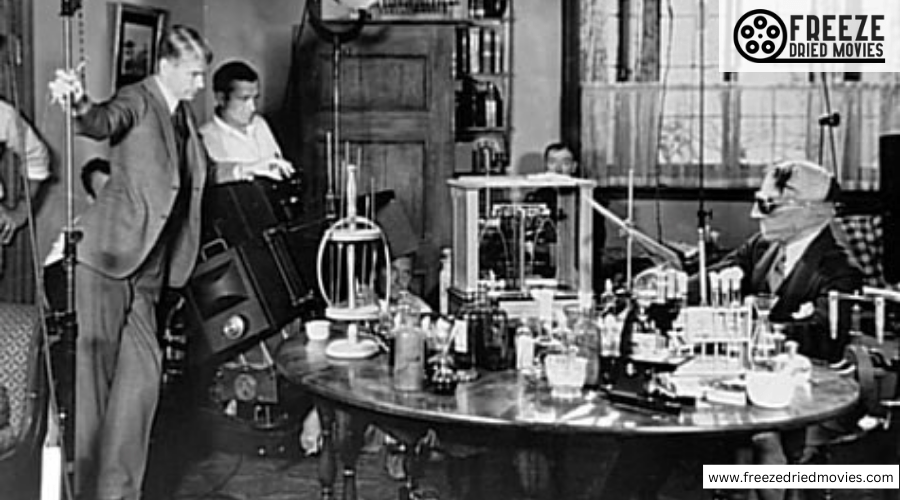What Was Cinema Like in the 1930s?
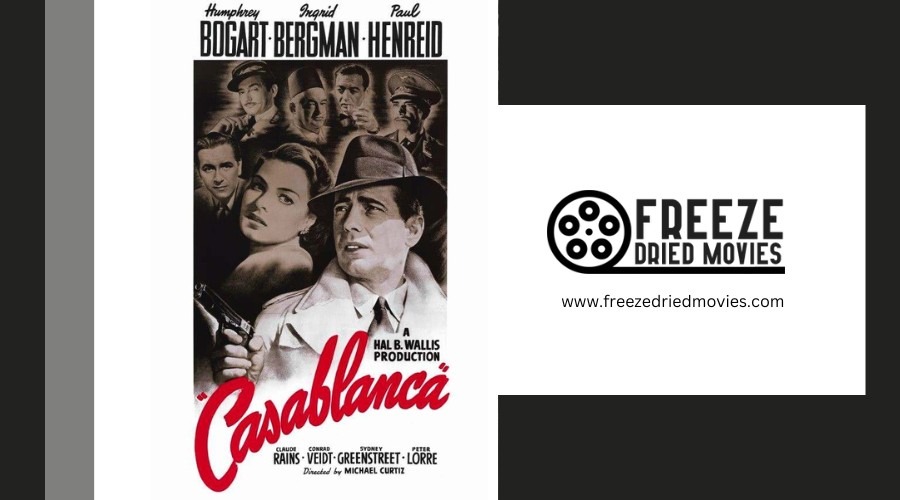
Imagine stepping into a cinema in the 1930s, a transformative era in film history marked by the advent of sound and Technicolor. These innovations made movies more captivating, offering a diverse array of genres from uplifting musicals to gritty gangster films reflecting societal tensions. Iconic stars like Shirley Temple and Fred Astaire captivated audiences with their talent and charm. During the Great Depression, films provided both escapism and social commentary, addressing the complex emotions of the time. Let's explore the elements that made 1930s cinema so remarkable.
Historical Development
The 1930s marked the dawn of Hollywood's Golden Age, a period defined by groundbreaking changes in the film industry. Despite the economic challenges posed by the Great Depression, Hollywood cinema thrived and evolved dramatically. The introduction of sound transformed the landscape, with the release of *The Jazz Singer* in 1927 paving the way for "talkies" to dominate the decade. Sound altered storytelling by adding depth and realism that silent films couldn't achieve.
Another major leap was the advent of Technicolor. Before this, films were mostly black and white, but the 1930s brought lively color to the screen. *Becky Sharp* (1935) was the first full-length feature in three-color Technicolor, setting the stage for future classics like *Snow White and the Seven Dwarfs* (1937) and *Gone with the Wind* (1939). These films showcased the visual splendor and emotional depth that color could bring to Hollywood cinema.
During this Golden Age, the Motion Picture Production Code also emerged, enforcing moral standards to ensure family-friendly content. This period saw the production of enduring classics across different genres, from gangster films to musicals, establishing foundational standards that would influence generations to come.
Visual-Narrative Style
The visual-narrative style of 1930s cinema is heavily influenced by Renaissance ideals, prioritizing clear narrative continuity. Filmmakers emphasized psychological motivation to drive characters, ensuring a logical sequence of events. This method maintained coherent and engaging storytelling, eliminating any sense of randomness.
Renaissance Ideals Influence
Classical Hollywood cinema in the 1930s drew heavily from Renaissance ideals, emphasizing clarity and continuity in visual and narrative style. Filmmakers aimed to create a seamless experience for viewers by maintaining narrative coherence, ensuring each film had a clear beginning, middle, and end with logically progressing events. A notable film from this period would often use these principles to keep audiences engaged, sometimes employing flashbacks to enrich a character's backstory.
To achieve such narrative coherence, filmmakers employed techniques that oriented viewers and maintained a causal chain of events. This approach was grounded in psychological motivations that drove character actions, making the story feel natural and engaging. For instance, a protagonist's decisions would logically lead to subsequent events, creating a cohesive plot.
Here's a brief table illustrating key elements of Renaissance influence on 1930s cinema:
| Element | Description | Example Technique |
|---|---|---|
| Clarity | Ensuring the story is easy to follow | Straightforward plotting |
| Continuity | Maintaining a seamless flow of events | Logical progression |
| Psychological Motivation | Characters driven by clear motivations | Character-driven narratives |
| Flashbacks | Introducing memory sequences | Enriching character backstories |
These elements laid the groundwork for modern storytelling conventions in cinema.
Narrative Continuity Emphasis
Building on Renaissance ideals, 1930s Hollywood cinema placed a vital emphasis on narrative continuity, seamlessly blending visual and narrative elements to create engaging and cohesive stories. Films from this era featured clear structures with identifiable beginnings, middles, and ends, ensuring that audiences could easily follow the plot. Characters' actions were driven by psychological motivations, establishing a chain of cause and effect that avoided randomness and enhanced story coherence.
Flashbacks became a key tool for manipulating time within narratives, adding emotional depth and aiding character development. A notable example is *Casablanca*, where flashbacks enrich the storyline and provide context for characters' behaviors. Editing techniques like the 180-degree rule and the 30-degree rule were essential in maintaining viewer orientation. These rules ensured that scenes flowed smoothly, preventing disorientation and preserving visual and narrative clarity.
The emphasis on narrative continuity significantly contributed to audience engagement and immersion. By maintaining coherence through structured storytelling and thoughtful character motivations, 1930s films captivated viewers and cemented classical Hollywood cinema's reputation for high-quality narrative craftsmanship. This period's dedication to seamless storytelling set a standard that influenced future generations of filmmakers.
Psychological Motivation Driving
Hollywood's 1930s films thrived on psychological motivation, making it a cornerstone for driving narratives. In classical Hollywood cinema, characters' actions and decisions are deeply rooted in their psychological motivations. This approach ensures that the narrative structure has a clear chain of cause and effect, with events unfolding logically. Every plot point stems from a character's internal drive, avoiding random occurrences.
The transition from silent films to the sound era further enhanced this focus. Films like *Casablanca* often use flashbacks to explore a character's past, providing vital insights into their current behavior. These glimpses into backstories help viewers understand why characters act the way they do, making the story more engaging.
The visual-narrative style of the time prioritized continuity and viewer orientation, ensuring that the audience could easily follow the characters' psychological motivations. This coherence allowed viewers to empathize with the characters, investing emotionally in their paths. By concentrating on psychological motivations, classical Hollywood cinema offered a more immersive and compelling experience. Viewers weren't just watching events unfold; they were understanding the 'why' behind every action, making the films of the 1930s truly captivating.
Cinematic Techniques
The 1930s revolutionized cinematic techniques, reshaping the film industry with groundbreaking advancements in sound and color. The introduction of synchronized sound, exemplified by *The Jazz Singer* (1927), transformed storytelling by incorporating dialogue and music, making films more immersive. Directors like Rouben Mamoulian and Ernst Lubitsch expanded the creative possibilities of sound mixing and camera techniques in movies such as *Applause* (1929) and *The Love Parade* (1929).
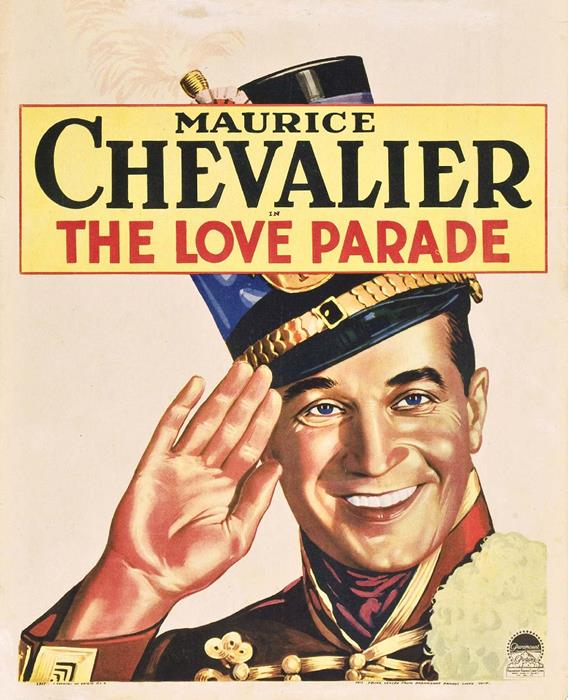
Technicolor also had a profound impact. *Becky Sharp* (1935), the first film shot in three-color Technicolor, introduced vibrant hues, enhancing visual storytelling and making movies more captivating. The increased use of quick editing and mobile camera work during this era contributed to a more dynamic and engaging viewing experience.
Additionally, advancements in special effects and elaborate set designs during this decade allowed for visually stunning films, showcasing the new cinematic techniques.
- Sound Integration: Dialogue and music enriched storytelling.
- Technicolor: Introduced vibrant colors to enhance visual appeal.
- Creative Camera Techniques: Quick editing and mobile cameras added dynamism to scenes.
These innovations laid the foundation for modern filmmaking, marking the 1930s as a pivotal decade in cinema history.
Iconic Figures
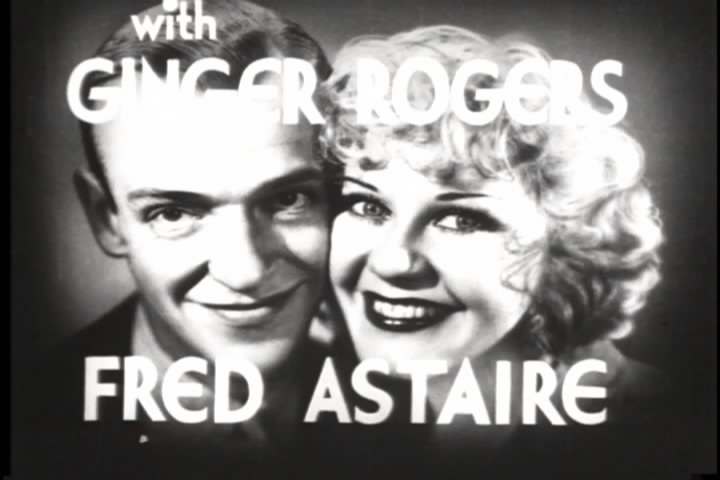
When exploring the iconic figures of 1930s cinema, one must highlight Busby Berkeley's dazzling musical choreography, the enchanting dance partnership of Fred Astaire and Ginger Rogers, and Shirley Temple's unmatched stardom. Berkeley's intricate, kaleidoscopic routines revolutionized musical films, while Astaire and Rogers captivated audiences with their seamless performances. Meanwhile, Shirley Temple's charm and talent made her the era's most beloved child star.
Busby Berkeley's Musical Extravaganzas
Busby Berkeley dazzled audiences in the 1930s with his groundbreaking musical extravaganzas that transformed dance into cinematic artistry. During the Great Depression, Berkeley's innovative choreography and elaborate musical numbers introduced a new dimension of escapism to Hollywood musicals. His signature style featured intricate geometric patterns and mesmerizing kaleidoscopic visuals, often captured through overhead shots. Films like *42nd Street* (1933) and *Gold Diggers of 1933* showcased his ability to turn synchronized choreography into a visual spectacle.
Berkeley's musicals stood out for several reasons:
- Lavish sets and lively costumes: Each production featured grand designs that enhanced the overall aesthetic.
- Large ensembles of dancers: These performers created intricate formations that captivated viewers.
- Collaborations with leading stars: Working with icons like Ruby Keeler, Joan Blondell, and Dick Powell elevated the films and boosted the actors' careers.
These elements made Berkeley's work not just popular but influential, setting a high standard for Hollywood musicals. His success during the Great Depression provided much-needed entertainment and helped solidify musicals as a staple of American cinema, impacting future filmmakers and choreographers for decades to come.
Astaire and Rogers' Dancing Chemistry
In the realm of 1930s cinema, Fred Astaire and Ginger Rogers captivated audiences with their electrifying dancing chemistry and seamless performances. They became iconic for their remarkable on-screen partnership, setting a high standard for musicals. Their initial film together, *Flying Down to Rio* (1933), introduced audiences to their dynamic dance performances, making an immediate and lasting impression.
Throughout the Great Depression, their films provided much-needed escapism. Movies like *Top Hat* (1935) and *Swing Time* (1936) showcased their ability to blend ballet, tap, and ballroom dance into elaborate choreography that was both groundbreaking and influential. Their palpable chemistry and synchronized movements made their dance routines unforgettable.
Astaire and Rogers' innovative dance styles and meticulously crafted choreography influenced the future of musical films. They not only entertained but also became trendsetters, inspiring future generations of dancers and choreographers. Through their performances, Astaire and Rogers offered a ray of hope and joy during the challenging years of the Great Depression, solidifying their place in cinema history.
Shirley Temple's Unmatched Stardom
During the 1930s, Shirley Temple's unparalleled stardom illuminated the silver screen, offering a beacon of joy and optimism amidst the Great Depression. As an iconic child star, Temple captivated millions with her charm, talent, and signature curly hair. By 1935, at just six years old, she was the top box office draw in the United States, reflecting the public's craving for family-friendly entertainment during difficult economic times.
Her performances in films like *Bright Eyes* (1934) and *The Little Colonel* (1935) showcased her remarkable ability to bring cheer to audiences. The film *Curly Top* (1935) highlighted her singing talent with the hit song "On the Good Ship Lollipop," a tune that became inseparable from her image and solidified her status as a cultural icon.
Temple's success paved the way for other child actors in Hollywood. Her wholesome persona symbolized hope and happiness during the 1930s, and studios quickly recognized the marketability of young stars in family-oriented films.
Shirley Temple's legacy as a child star continues to reflect her significant impact on cinema and her ability to lift spirits during one of America's toughest periods.
Film Genres
Amidst the cultural upheaval of the 1930s, cinema emerged with a variety of film genres that not only entertained but also mirrored the period's societal shifts. Gangster films like *The Public Enemy* (1931) captured the rise of organized crime in urban America, with James Cagney's performances epitomizing the gritty, rebellious spirit of the time. Musicals such as *The Wizard of Oz* (1939) and *Snow White and the Seven Dwarfs* (1937) dazzled audiences with vibrant Technicolor and memorable songs, offering a magical escape from the harsh realities of the Great Depression.
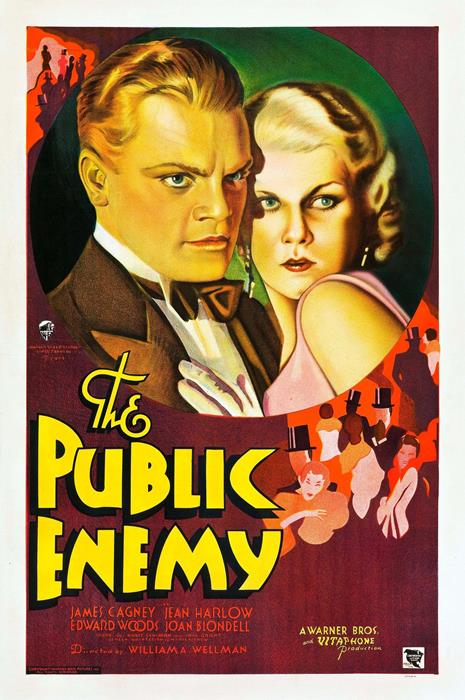
Screwball comedies provided a different kind of relief, with movies like *It Happened One Night* (1934) delivering rapid dialogue, witty banter, and unconventional romantic plots that poked fun at societal norms. Meanwhile, horror films such as *Dracula* (1931) and *Frankenstein* (1931) drew viewers into chilling stories that explored human fears and the supernatural, leaving a lasting impact on the genre.
These American films not only entertained but also reflected the era's anxieties and aspirations, cementing the 1930s as a significant decade in the evolution of cinema.
Animation and Family
The 1930s transformed animation and family entertainment, introducing groundbreaking achievements that still resonate today. Pioneered by Walt Disney, this decade saw animated films become integral to family experiences. Disney's 1937 masterpiece, *Snow White and the Seven Dwarfs,* was the first feature-length animated film, marking a significant milestone in animation history. This film captivated audiences with its blend of whimsical charm and darker elements, setting a new standard for family entertainment.
View this post on Instagram
Disney's innovation didn't stop there. In 1932, he released *Flowers and Trees,* the first animated short in three-color Technicolor, revolutionizing the visual appeal of animation. These advancements made animated films more vibrant and engaging, drawing families to theaters in large numbers.
Key points about 1930s animation include:
- Milestone Achievements: *Snow White and the Seven Dwarfs* paved the way for future feature films in animation.
- Technological Innovations: The use of Technicolor in *Flowers and Trees* enhanced the visual experience.
- Family Appeal: Animated films blended playful and sometimes scary elements, enchanting a diverse audience.
The success of these animated films marked the beginning of a new era, establishing animation as a beloved genre in family cinema.

